Blog
Table of Contents
What is the best moisturizer?
What is the best moisturizer? How to choose the best moisturizer? which one is right for my skin?
Before we answer all of these questions, let’s look at what moisturizers are and what they do.
Moisturizers are statistically the highest selling products in skin care and the beauty industry, and also the most intriguing one. Moisturizers are designed to increase the water content of the skin, prevent evaporation of water, and reduce transepidermal water loss (TEWL) from the skin by forming a barrier 1.
Dry skin has many causes, including frequent hand washing, exposure to harsh chemicals, low humidity, and medical conditions such as atopic dermatitis, ichthyosis, and psoriasis. Moisturizers are design to improve the appearance and function of the skin.
The importance of moisturizers is especially a critical factor in treatments for patients with medical conditions associated with impaired or damaged skin barrier function, such as atopic dermatitis.
Moisturizers have 3 functions. Preventing water loss through the skin, adding water to the skin, and reducing visible flakes. With the advancement of science, we can now comprehend the mechanisms of these functions and their effects on the skin.
Water is important for healthy skin functions, wrinkle repair, and affects the overall appearance and glow of our skin.
There are four groups of moisturizing agents, and each one serves a different purpose.
Some compounds can be categorized into 2 or more groups since they contain more than one type of mechanism of action.
Emollients
Mainly lipids and oils, which hydrate and improve the skin’s softness, flexibility, and smoothness. Lipophilic (fat-repellent) compounds such as cholesterol and ceramides are being used in topical creams. They get easily incorporated into the skin and create a softer and smoother texture.
Emollients form broad laminated intercellular sheets, which act as barriers to our environment 2. Long chain saturated fatty acids, for example – stearic, linoleic, oleic, and lauric acids and fatty alcohols are essential fatty acids. They can naturally can be found in palm oil, coconut oil, and wool fat.
They improve the skin’s barrier function, which results in more water, causing better eicosanoid production (immune response molecules), membrane fluidity, and cell signaling. Canola oil is specifically known to reduce sodium lauryl sulfate (SLS) irritation. For the most part they’re considered safe and non-irritant compounds that are often used with emulsifiers.
֍ Squalane – Squalane is an emollient and it’s the latest word in the skin care industry and for a good reason. It’s very stable and not subject to oxidation. Squalane is odorless and doesn’t have an oily feel, it’s antibacterial and mostly safe for sensitive skin. It’s one of the most abundant lipids produced by skin cells, about 60% of dietary squalene is absorbed, and can come from animal and plant sources.
֍ Allantoin – An emollient compound which is antibacterial, and anti-inflammatory, mainly used for wound healing for its antioxidant and cell regeneration properties 3.
It aids in the production of cholesterol which is found in every tissue in the body, mainly in skin cells, yet the body produces it mostly on its own. It also helps fighting UV radiation damage by breaking down singlet oxygen molecules in the skin. Unfortunately, after the age of thirty production goes down significantly, resulting in dryer skin.
Examples of most commonly used emollients – Cholesterol, squalene, cyclomethicone, fatty acids, fatty alcohols such as octyldodecanol and seudoceramides. Emollients also divide into 4 groups which are dry, fatty, astringent, and protective.
Humectants
Humectants act as magnets for water. They pull water from the dermis (middle layer of skin) into the epidermis (upper layer of skin). Some humectants also act as barriers and have emollient properties.
Examples of good humectants include:
֍ Glycerol (or Glycerin) – it’s a viscous liquid, colorless, odorless and non-toxic.
֍ Saccharide isomerate (PENTAVITIN®) – A form of sugar almost molecularly identical to the ones present on the skin’s natural moisturizing factor. It’s strengthening the skin’s barrier in the most upper layer resulting in more smooth and protected surface. Another interesting mechanism of saccharide isomerate is on the skin’s microbiota, removing harmful bacteria while preserving and enabling good bacteria to thrive 4.
֍ Urea – a great humectant and has been shown to reduce TEWL in atopic and ichthyotic patients 5, and reduce SLS-induced skin irritation 6.
֍ Alpha Hydroxyl Acids (AHA) – for example, Glycolic acid and Lactic acid. They stimulate ceramide synthesis leading to higher SC ceramide levels which result in superior lipid barrier.
֍ Hyaluronic Acid – Offers many outstanding benefits besides water retention and aids in wound healing.
֍ Other humectants – Gelatin, Panthenol, Sorbitol, Propylene glycol and butylene glycol, Sodium pyrrolidine carboxylic acid, Aluminum lactate and Sodium lactate, Sorbitol, Honey.
Since humectants draw water from the dermis into the epidermis, that water can easily evaporate in dry and semi-dry weather conditions. For that reason most humectants are commonly combined with occlusives.
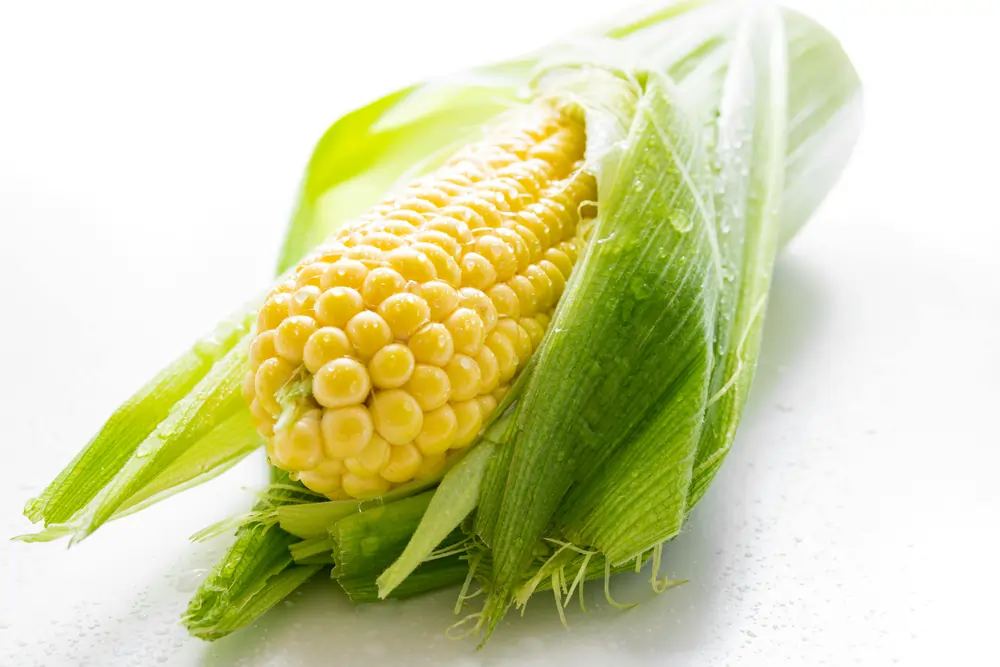
Occlusives
Occlusives block loss of hydration in the most upper layer of the skin. They create a hydrophobic (water-repellent) barrier over the skin, contribute to the matrix between corneocytes (skin cells at the outmost layer of the skin) and have the most pronounced effect when applied to the slightly dampened skin 7.
It makes occlusives and humectants the perfect combination to draw and preserve hydration in the skin. Most occlusives have a wax-type greasy texture and are classified by molecular structure.
֍ Hydrocarbons – Petrolatum, Paraffin, Mineral oil, Caprylic / Capric triglyceride, Squalene (precursor to Squalane)
֍ Fatty acids – Lanolin acid, Stearic acid
֍ Fatty Alcohols – Cetyl alcohol, Stearyl alcohol, Lanolin
֍ Polyhydric alcohols – Propylene glycol
֍ Sterols – Cholesterol
֍ Vegetable waxes – Carnauba, Candelilla
֍ Wax esters – Beeswax, Lanolin, Stearyl stearate
Petrolatum is derived from mineral oils (petroleum) and Paraffin (mineral oil and paraffinum liquidum). It’s also known as petroleum jelly, which blocks water loss 170 times better than olive oil.
Petrolatum with a minimum concentration of 5% reduces water loss by more than 98% followed by Lanolin, mineral oil, and silicones which only reduce water loss by 20–30%. The limiting factors with most occlusives being odor, potential allergenicity, and the greasy feel 8.
Protein Rejuvenators
These are all the hyped names like Collagen, Elastin and Keratin. All 3 are important proteins which are made from amino acids. Some are considered “essential” and cannot be synthesized by our bodies and some are non-essential and can be synthesized.
They help rejuvenate the skin, improve water retention, improve the appearance of wrinkles, fine lines and scars, treat damage cause by UV radiation, and replenish amino acids necessary for skin cell function. Unfortunately, they are too big and have to be broken down into peptides in order to penetrate the stratum corneum (the uppermost layer of the skin) in order to be absorbed 9.
How to choose?
When choosing a moisturizer we must take in consideration the environment we live in – the weather. Moisturizers that contain barrier forming occlusives for preventing water loss will be more suited for dry environments.
Since every moisturizing agent provides different advantages and benefits, we suggest choosing a moisturizer that contains at least one of the agents we discussed and provides some protection and cell regeneration, such as vitamins for antioxidants (for more information about vitamins and antioxidants, read our post: Antioxidants & free radicals) and peptides for treating and preventing signs of aging.
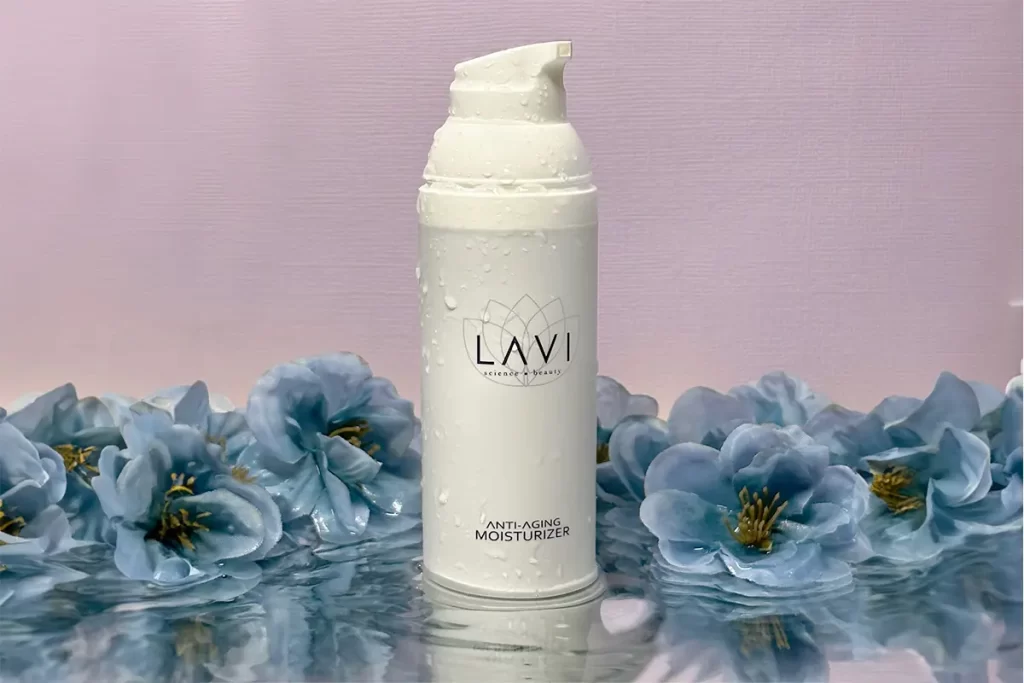
- https://www.ncbi.nlm.nih.gov/books/NBK545171/ ↩︎
- https://www.e-ijd.org/article.asp?issn=0019-5154;year=2006;volume=51;issue=4;spage=297;epage=298;aulast=Rathi ↩︎
- https://www.ncbi.nlm.nih.gov/pmc/articles/PMC7310548/ ↩︎
- https://www.ncbi.nlm.nih.gov/pmc/articles/PMC7690701/ ↩︎
- https://pubmed.ncbi.nlm.nih.gov/10233220/ ↩︎
- https://pubmed.ncbi.nlm.nih.gov/14572299/ ↩︎
- https://pubmed.ncbi.nlm.nih.gov/11059367/ ↩︎
- https://www.ncbi.nlm.nih.gov/pmc/articles/PMC4885180/ ↩︎
- https://pubmed.ncbi.nlm.nih.gov/18412569/ ↩︎
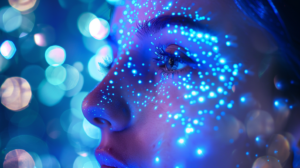
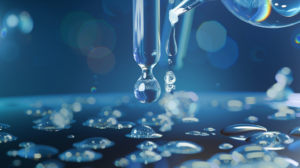
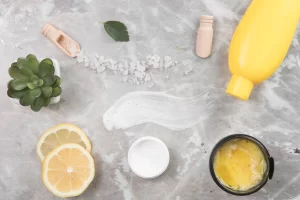

1 thought on “What is the best moisturizer?”
Very helpful article. Now I know how to choose